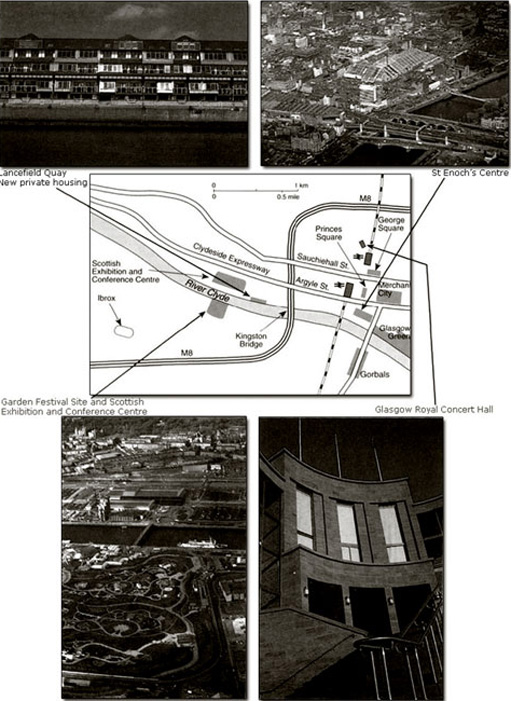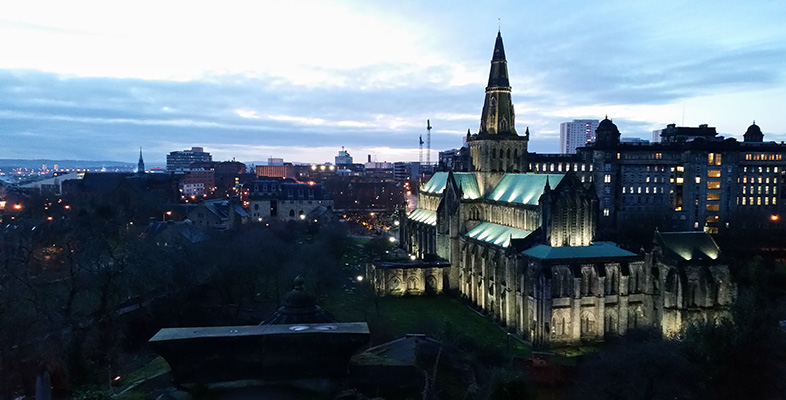2.2 Postscript
A headline-grabbing weekend of ‘midsummer madness’, when six murders occurred in (parts of) Glasgow over the weekend of 5–6 August 1995, reinforced the ongoing nature of contestation and debate about the issues discussed in the programme. As noted in The Scotsman (8 August 1995), the legacy of the imagery of No Mean City was quickly resurrected by the press – for example, ‘a darker side to that much-vaunted transformation of Glasgow from No Mean City to Culture City’ (Sunday Times Scotland, 13 August 1995). Others sought to prove empirically that Glasgow's murder rate was the highest in Britain; that the murders occurred in some parts but not in all parts of the city; that violence is closely linked to issues of poverty (Scotland on Sunday, 13 August 1995). A Labour MP declared the need to protect Glasgow's ‘new’ image; others claimed that the success of the image-makers had disguised the hardships still faced by many, pushing die problems of the city to the periphery – in every sense.
This episode futher illustrates the points made in the programme and the notes about the contested imagery and historical basis of competing representations of Glasgow.

Click here [Tip: hold Ctrl and click a link to open it in a new tab. (Hide tip)] for a larger image.
